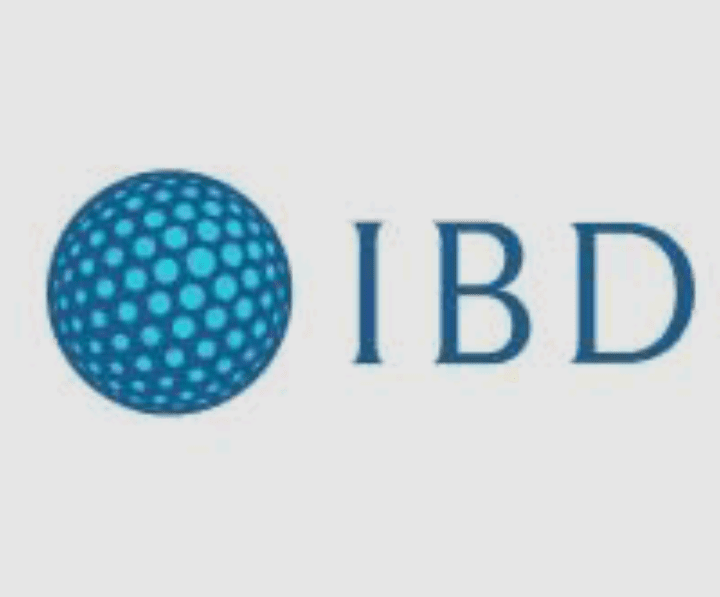The Power of Inbound Marketing: How to Attract, Engage, and Delight Your Target Audience
Inbound marketing is a digital marketing strategy that involves attracting potential customers to your brand by providing them with valuable and relevant content.
The goal of inbound marketing is to establish a relationship with your audience and help them make informed decisions about your products or services.
This article will explore the concept of inbound marketing and provide insights into how businesses can implement this approach to drive growth.
What is Inbound Marketing?
Inbound marketing is a customer-centric approach that focuses on creating content that addresses the needs and interests of your target audience.
The goal is to create a strong online presence by producing content that is valuable, informative, and engaging to your audience. This can include blog posts, videos, social media content, email newsletters, and other digital marketing channels.
The approach is different from traditional marketing, which often involves interruptive ads and promotions that can be seen as annoying or intrusive. With inbound marketing, the focus is on creating content that is relevant and useful to your audience.
By doing this, you can attract potential customers to your brand organically, rather than relying on outbound marketing tactics that can be costly and often less effective.
The Inbound Marketing Methodology
Inbound marketing involves four main stages: attract, convert, close, and delight. These stages are designed to guide your audience through the customer journey, from discovering your brand to becoming a loyal customer.
Attract: The first stage is all about attracting potential customers to your brand. This can be done by creating content that is optimized for search engines, using social media to engage with your audience, and leveraging other digital marketing channels to increase your online visibility.
Convert: Once you have attracted potential customers to your brand, the next step is to convert them into leads. This can be done by offering valuable content in exchange for their contact information, such as email addresses or phone numbers.
Close: Once you have a list of leads, the next step is to turn them into customers. This can be done by providing personalized content and offers that address their specific needs and interests.
Delight: Finally, the goal of inbound marketing is to turn your customers into loyal advocates for your brand. This can be achieved by providing exceptional customer service, creating a positive customer experience, and continuing to provide valuable content and offers.
Read Also: The Importance of starting a Productized Service Business
Benefits of Inbound Marketing

There are many benefits to implementing an inbound marketing strategy, including:
Cost-effective: Inbound marketing is often less expensive than outbound marketing tactics, such as print or television ads.
Targeted: With inbound marketing, you can target your audience based on their specific interests and needs, which can lead to higher conversion rates.
Long-lasting: Unlike outbound marketing, which can be short-lived, the content you create for inbound marketing can continue to attract potential customers to your brand for years to come.
Builds trust: By providing valuable content to your audience, you can establish yourself as an authority in your industry and build trust with potential customers.
Tips for Implementing Inbound Marketing
If you’re considering implementing an inbound marketing strategy, here are some tips to help you get started:
Know your audience: Before creating any content, it’s important to understand your audience’s needs and interests. This will help you create content that is relevant and useful to them.
Optimize your content: Use SEO best practices to ensure your content is easily discoverable by search engines and your target audience.
Leverage social media: Use social media to engage with your audience, share your content, and build a community around your brand.
Offer valuable content: Create content that is informative, engaging, and useful to your audience. This can include blog posts, videos, e-books, and more.
Personalize your content: Use data to personalize your content and offers to your audience’s specific interests and needs.
SEO Marketing Basics
Search Engine Optimization (SEO) marketing is a crucial part of any digital marketing strategy. It involves optimizing your website to rank higher on search engine result pages (SERPs) for specific keywords and phrases.
When done correctly, SEO marketing can lead to increased visibility, more traffic, and higher conversion rates. In this article, we will explore the basics of SEO marketing, the benefits of investing in it, and some tips to get started.
Read Also: 9 Tips on How to Start and Run a Successful Business
Basics of SEO Marketing
SEO marketing involves a range of techniques designed to improve your website’s ranking on SERPs. The techniques include on-page optimization, off-page optimization, and technical SEO.
On-page optimization involves optimizing your website’s content, structure, and layout to make it more appealing to search engines. This includes optimizing your website’s meta titles and descriptions, headers, content, images, and URLs.
Off-page optimization, on the other hand, involves activities that take place outside your website, such as link building, social media marketing, and content marketing.
These activities are designed to create backlinks to your website, which can boost your website’s authority and improve its ranking on SERPs.
Technical SEO, on the other hand, focuses on improving your website’s technical aspects to make it more accessible to search engines. This includes optimizing your website’s site speed, mobile-friendliness, and ensuring that your website has a secure connection.
Benefits of Investing in SEO Marketing
Investing in SEO marketing can have several benefits for your business. Firstly, it can improve your website’s visibility on SERPs, which can lead to increased traffic and more potential customers.
Secondly, it can lead to higher conversion rates as users are more likely to trust websites that appear higher on SERPs. Lastly, SEO marketing can provide long-term benefits, as it takes time to achieve higher rankings on SERPs but can lead to sustained traffic and sales over time.
Tips to Get Started with SEO Marketing
If you are new to SEO marketing, here are some tips to help you get started:
Conduct keyword research – Identify the keywords and phrases that your target audience is searching for and optimize your website accordingly.
Optimize your website’s on-page elements – This includes optimizing your website’s meta titles and descriptions, headers, content, images, and URLs.
Build high-quality backlinks – Create valuable content and promote it to earn backlinks from high-authority websites.
Invest in content marketing – Create valuable content that answers your target audience’s questions and promotes it across social media and other platforms.
Monitor your website’s performance – Use analytics tools to track your website’s performance and make adjustments as needed.
SEO marketing is an essential component of any digital marketing strategy. It involves optimizing your website to rank higher on SERPs for specific keywords and phrases.
Investing in SEO marketing can lead to increased visibility, more traffic, and higher conversion rates. By following the tips outlined in this article, you can get started with SEO marketing and start reaping the benefits.
Experiential Marketing
Experiential marketing, also known as engagement marketing, is a type of marketing strategy that aims to engage customers through experiences that are memorable and emotional. The goal is to create a long-lasting impression of the brand in the minds of the customers.
In traditional marketing, the focus is on promoting the features and benefits of a product or service. However, with experiential marketing, the focus is on creating an experience that allows customers to interact with the brand in a unique and personal way.
This can be achieved through events, exhibitions, pop-up stores, and other immersive experiences.
The key to successful experiential marketing is to create an experience that is both memorable and shareable. Customers should feel that they have had a unique and personal interaction with the brand, and they should be excited to share their experience with others.
One example of experiential marketing is the Coca-Cola Happiness Machine. This vending machine was placed in a public area, and when customers bought a Coke, they received more than just a can of soda.
The machine dispensed a range of surprises, from flowers to pizza to balloons. The result was a unique and memorable experience that left customers with a positive impression of the brand.
Another example is the Nike+ Run Club. Nike created a community for runners that included regular events, such as group runs and coaching sessions.
The community allowed runners to interact with the brand in a personal and meaningful way, while also promoting the brand’s products.
Experiential marketing can also be used to promote social causes. For example, the World Wildlife Fund created a campaign where customers were asked to donate their Twitter accounts to endangered species.
The campaign allowed customers to experience what it would be like to have their own voice taken away, and it was a powerful way to promote the cause of endangered species.
There are several benefits to experiential marketing. First, it allows brands to create a personal and emotional connection with their customers.
This can lead to increased loyalty and positive word-of-mouth recommendations. Second, it can be a powerful way to differentiate a brand from its competitors. Finally, it can be a more effective way to reach customers than traditional advertising, as it allows customers to interact with the brand in a memorable and personal way.
Experiential marketing is a powerful tool for brands that want to create a personal and emotional connection with their customers. By creating unique and memorable experiences, brands can differentiate themselves from their competitors and build a loyal customer base.
While experiential marketing can be more expensive than traditional marketing, the benefits can be significant, making it a worthwhile investment for many brands.
Read Also: All You Need to Know About the Wild Republic Stuffed Animals




